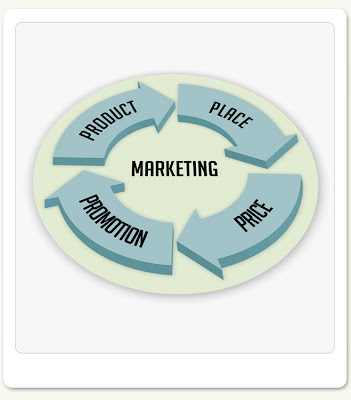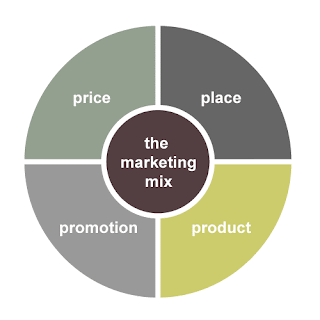
Text ad : advertisement using text-based hyperlinks.
Text link exchange : network where participating sites display text ads in exchange for credits which are converted (using a predetermined exchange rate) into ads to be displayed on other sites.
Title tag : HTML tag used to define the text in the top line of a Web browser, also used by many search engines as the title of search listings.
Top 10 : the top ten search engine results for a particular search term.
Trick banner : a banner ad that attempts to trick people into clicking, often by imitating an operating system message.
URL : location of a resource on the Internet .
Vertical banner : a banner ad measuring 120 pixels wide and 240 pixels tall.
Viral marketing : marketing phenomenon that facilitates and encourages people to pass along a marketing message.
Web browser : a software application that allows for the browsing of the World Wide Web.
Web design : the selection and coordination of available components to create the layout and structure of a Web page.
Web directory : organized, categorized listings of Web sites.
Web hosting : the business of providing the storage, connectivity, and services necessary to serve files for a website.
Web ring : a means for navigating a group of related sites primarily by going forward and backward.
Web site traffic : the amount of visitors and vists a Web site receives.
Web site usability : the ease with which visitors are able to use a Web site.
Pages 1 2 3 4 5








